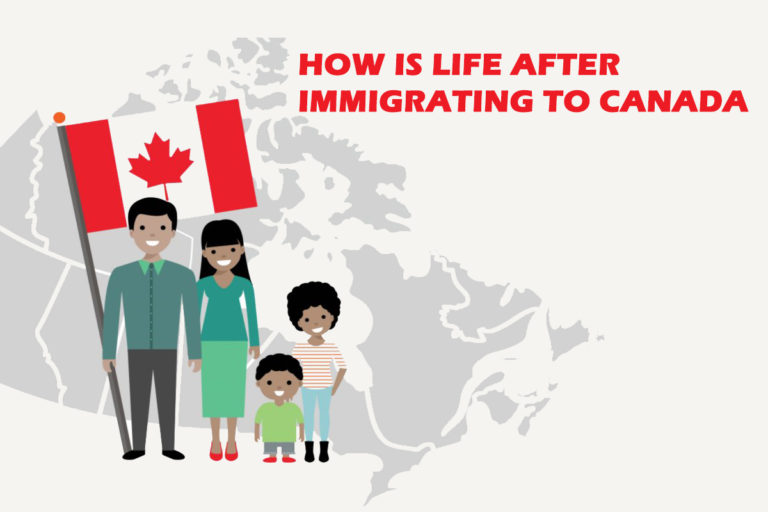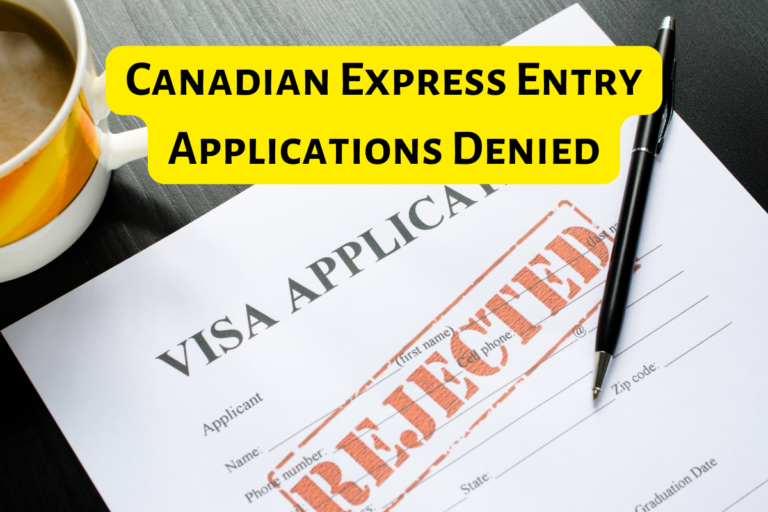Importing and Travelling with Pets – How to Bring Your Pets to Canada: A Comprehensive Guide
Are you planning to move to Canada with your furry friend? Bringing pets to Canada is not a complicated process, but it requires proper planning and preparation to ensure a smooth journey for both you and your pets. This guide will walk you through the step-by-step process of bringing your pets to Canada, including necessary paperwork, vaccination requirements, and other important considerations.
Table of Contents
- Introduction
- Preparing Your Pet for Travel
- Health Checkup
- Vaccinations and Paperwork
- Microchipping
- Choosing the Right Travel Option
- Air Travel
- Land Travel
- Sea Travel
- Booking Your Pet’s Travel
- Airline requirements
- Crate Requirements
- Cargo vs. Cabin Travel
- Arrival in Canada
- Customs and Border Protection
- Quarantine Requirements
- Health Checkup
- Important Considerations
- Pet Insurance
- Climate Considerations
- Finding a Veterinarian in Canada
- Conclusion
- FAQs
Preparing Your Pet for Travel
Health Checkup
Before bringing your pet to Canada, you must ensure that they are in good health. Take your pet to a veterinarian for a full checkup, including a physical examination and any necessary tests. This will help ensure that your pet is healthy enough to travel and will reduce the risk of complications during the journey.
Vaccinations and Paperwork
Canada requires that all dogs and cats over three months old have a current rabies vaccination. Other vaccinations may also be required, depending on the type of pet you have and the country you are traveling from. Make sure to research the specific vaccination requirements for your pet and obtain all necessary paperwork and certificates from your veterinarian.
Microchipping
It is highly recommended that you microchip your pet before traveling to Canada. This will make it easier to identify your pet if they get lost during travel or while in Canada. Make sure that the microchip is registered with an international database and that you have a copy of the registration information with you during travel.
Choosing the Right Travel Option
Air Travel
Air travel is the most common option for bringing pets to Canada, especially for those traveling long distances. However, it is important to choose an airline that is pet-friendly and has a good reputation for animal safety. You should also research the airline’s requirements for pet travel, including crate size and weight restrictions.
Land Travel
If you are traveling to Canada by car or other land transportation, you can bring your pet with you. However, make sure to research the specific requirements for traveling with pets across the border, including any necessary paperwork and vaccination requirements.
Sea Travel
If you are traveling to Canada by sea, you can also bring your pet with you. However, it is important to research the specific requirements for sea travel with pets, including crate size and weight restrictions.
Booking Your Pet’s Travel
Airline requirements
If you are traveling by air, you must follow the airline’s requirements for pet travel. This includes crate size and weight restrictions, as well as any necessary paperwork and vaccination requirements.
Crate Requirements
When traveling by air, your pet will be required to travel in a crate. Make sure that the crate is the appropriate size for your pet and that it meets the airline’s requirements for pet travel. You should also make sure that the crate is comfortable and that your pet has access to food, water, and toys during the journey.
Cargo vs. Cabin Travel
If your pet is small enough, it may be able to travel in the cabin with you. However, this is not always an option, especially for larger pets. In this case, your pet will need to travel in the cargo hold of the airplane. This can be stressful for both you and your pet, so make sure to research the airline’s policies and choose the best option for your pet’s needs.
Arrival in Canada
Customs and Border Protection
When you arrive in Canada with your pet, you will need to go through customs and border protection. Make sure to have all necessary paperwork and certificates with you, including proof of vaccinations and a health certificate from your veterinarian.
Quarantine Requirements
Depending on your pet’s health and vaccination status, they may be required to undergo a quarantine period upon arrival in Canada. Make sure to research the specific quarantine requirements for your pet and plan accordingly.
Health Checkup
After arriving in Canada, you should take your pet to a veterinarian for a health checkup. This will help ensure that your pet is healthy and that they are adjusting well to its new environment.
Important Considerations
Pet Insurance
Consider getting pet insurance for your pet before traveling to Canada. This will help cover any unexpected medical expenses that may arise while your pet is in Canada.
Climate Considerations
Canada has a diverse climate, so make sure to research the climate of the region you will be living in and prepare your pet accordingly. This may include getting appropriate gear or making adjustments to their living space.
Finding a Veterinarian in Canada
Make sure to research and find a veterinarian in Canada before you arrive. This will ensure that you have access to the care and services your pet may need while in Canada.
Conclusion
Bringing your pets to Canada requires proper planning and preparation, but it is a straightforward process as long as you follow the necessary steps and requirements. By ensuring that your pet is healthy, vaccinated, and comfortable during travel, you can help ensure a smooth journey and a happy life for your furry friend in Canada.
FAQs
- What vaccinations are required for pets traveling to Canada? In general, dogs and cats must be up-to-date on their rabies vaccinations in order to enter Canada. However, some provinces or territories may have additional requirements, so it’s important to check with the specific region you will be traveling to. Your veterinarian can provide you with the necessary paperwork to prove that your pet is vaccinated.
- Can my pet travel in the cabin with me? Some airlines allow small pets to travel in the cabin with their owners, but this varies by airline and destination. Make sure to check with the airline in advance to see if this is an option for your pet. Keep in mind that there may be additional fees and restrictions, such as the size and weight of the pet.
- What should I do if my pet gets lost during travel to Canada? Make sure to have proper identification on your pet, such as a collar with a tag and a microchip. If your pet gets lost during travel, contact the airline and the local animal control agency to report the lost pet. You can also post on social media and local lost pet websites to help spread the word.
- What should I do if my pet gets sick while in Canada? If your pet gets sick while in Canada, take them to a veterinarian as soon as possible. Make sure to bring any necessary paperwork and certificates with you, such as proof of vaccination and health records. Consider getting pet insurance before traveling to Canada to help cover any unexpected medical expenses.
- How can I prepare my pet for traveling to Canada? To prepare your pet for traveling to Canada, make sure to research the specific requirements and restrictions for your pet’s species and breed. Talk to your veterinarian about any necessary vaccinations or health certificates, and make sure your pet is comfortable with traveling in a carrier or crate. It’s also a good idea to bring along familiar toys or bedding to help your pet feel more at home during travel.




